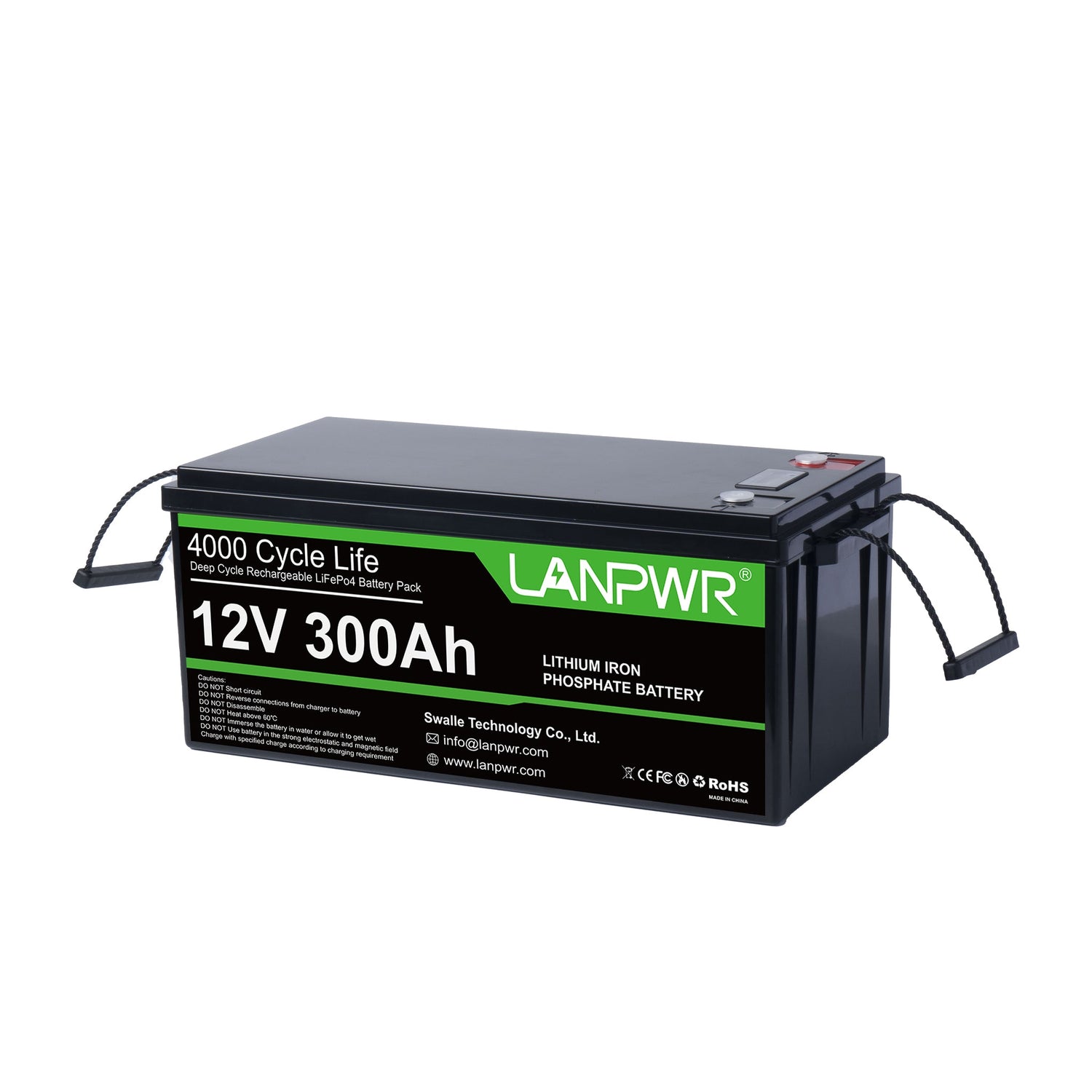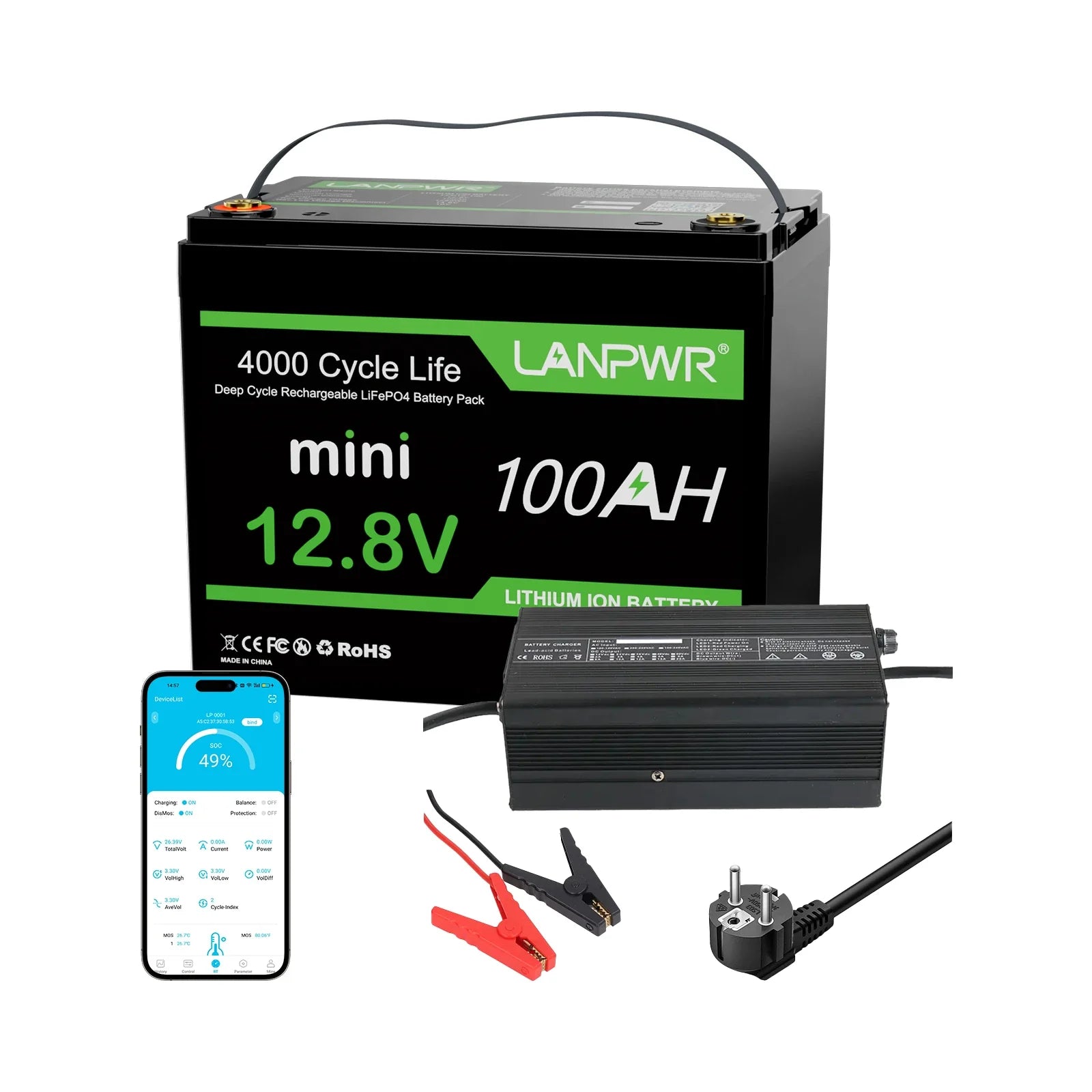Lithium Iron Phosphate (LiFePO4) batteries are known for their long lifespan, safety, and stability. These characteristics make them popular in various applications, from electric vehicles to renewable energy systems. However, many users are unsure about the potential risks and benefits of mixing different brands of LiFePO4 batteries. This article explores whether mixing different brands of LiFePO4 batteries is advisable and provides a detailed understanding of the factors involved.
LiFePO4 Battery Technology Explained
LiFePO 4 (commonly known as the lithium-ion battery, also called LFP) has LiFePO 4 type cathode material. Its safety, thermal stability, and longevity made it the most popular liquid dielectric for use over a long period. The key features of this are as follows:-
Safety: They are stored in LiFePO4 batteries, which have a stable chemical structure and pose a low risk of thermal runaway or fire.
Long Life: Many more charge-discharge cycles than other forms of lithium-ion batteries
High efficiency: LiFePO4 batteries are efficient during both charging and discharging.
Ecological: Unlike common larger batteries used to power machinery, 18650 cells are free from poisonous heavy metals and can be fully recovered.
Using Two Different LiFePO4 Battery Brands In Parallel Key Points
It is generally not advised to mix different brands of LiFePO4 batteries due to several factors that can affect performance and safety. But knowing these influences will allow you to be more balanced in your workout if mixing is needed.
- Battery Specifications
Even if it affects the same brand, different specifications may be produced depending on the version. The items you need to think about are as follows:
Voltage: The nominal and maximum voltages of the battery should be the same. Even the smallest differences in replication can result in imbalance.
If you mix batteries of different capacities then charging and discharging will be uneven which would reduce overall efficiency and lifespan.
Internal Resistance: A change in internal resistance can create an imbalance of the load among batteries where some cells are overworked and others cannot take on a share.
- Battery Age and Usage History
Batteries not performing as well is a natural thing, especially when the batteries are older or have been put to more use. Do not mix batteries of different production dates, capacities, or state-of-wear including new and old ones!
Capacity Diffidence: An older battery has less capacity than a new one.
Aging Differences in % Charge/Discharge Rates: Variance between charge and discharge rates with aging leads to inefficiencies leading to potential damage.
- Support of Battery Management System (BMS),
The Battery Management System (BMS) ensures the long-term health and performance of your LiFePO4 batteries when mixing different brands:
Make sure it would be safe to use the features of all batteries in the system for BMS Compatibility. (breakthrough on the perfect path?)
Balancing: The BMS can take care of the cells well particularly when there are differences in voltage, capacity, and internal resistance.
- Make and Model Specifications & Warranty
Every manufacturer has their own rules about how to treat your battery and what you can use with it, as well as the terms of its warranty. Not only do mixing brands often invalidate warranties but doing such is usually against the manufacturer's guidelines and can in turn lead to:
The problem around warranties Voiding by mixing batteries from different manufacturers
No Manufacturer Support: Mixing brands can complicate technical support and many manufacturers do not officially support these widely practiced configurations.
Possible Risk in Paralleling Different Brands of LiFePO4 Batteries
Combining different brands of these LiFePO4 batteries can pose risks in performance and safety.
- Performance Issues
Incompatible standards and specifications offered by different manufacturers may result in reduced system efficiency.
Charge-Discharge Rate Mismatch: This could lead to an uneven rate of charge and discharge, with some batteries being worked too hard while others sit idle.
- Safety Concerns
Overcharging and Under-discharge: When a mixed battery is used, if the BMS can not manage these batteries well, it will cause overcharged or under-charged damage or failure to the cells.
The danger of thermal runaway: If the battery is mismatched to its context, it can get into a state known as a thermal runaway and in extreme cases even burst.
- Shortened Lifespan
Faster Degradation: Irregular charge/discharging can speed up the degradation of some batteries, meaning the overall lifespan is shortened.
Higher Maintenance Cost: The increase in the need to maintain and monitor more often leads to higher operational costs.
Tips for Mixing LiFePO4 Batteries
However, if you inevitably end up mixing different brands of LiFePO4 batteries, this is how to do it safely:
- Match Specifications Closely
Try your best to match the batteries on voltage, capacity, and internal resistance.
Voltage Matching: This keeps the nominal and maximum voltage unchanged.
Match Capacity (All batteries play together to fight): If your battery sizes are relatively similar, you should notice that charging and discharging are also balanced.
- Use a High-Quality BMS
A resource investment here can be to use a good BMS able to deal well with different battery chemistries in parallel.
Advanced Capabilities: You want a BMS with top balance capabilities that can handle balancing multiple types of batteries, or other specs like LiFePO4 voltage levels.
Practice of Regular Monitoring: The battery parameters should be kept under regular monitoring by using BMS so that any imbalances can be handled even in its initial stage.
- Configuration and System Monitoring
MaintenanceMOnitoring is necessary to be carried out so that the system continues to perform properly.
Inspect Voltage and Capacity: Inspect the voltage and capacity of every battery regularly to find any variations
Check the monitor battery temperature to make sure they do not warm up excessively;
- Refer To A Manufacturer's Specifications
Check with the manufacturer's guidelines for each lot of batteries and make sure it does not violate any warranties or recommended configurations.
Advice from Battery Manufacturer: You can also ask the manufacturer of your batteries if they have any advice on mixing their batteries with other brands.
Other Options Besides Blending Brands
Also, if you end up determining that mixing different brands of LiFePO4 batteries isn't the best idea for your situation here are some possible alternatives.
- Replace All Batteries at Once
Because of this, replacing all batteries with the same make and model will guarantee compatibility and optimal performance.
Consistent Performance: Reliable performance of all batteries and less risk for imbalances.
Once Battery Type: Make maintenance and monitoring less demanding, given that all batteries have a similar nature
- Use Battery Modules
The battery modules are pre-configured, with matching cells and a BMS for compatibility and optimized performance.
Pre-Packaged Systems - Built to work together without mismatches and overhead.
Thus, the flexibility of system design is provided as modules can be added or replaced if necessary.
- Energy Storage Systems (ESS)
Invest in a high-quality ESS capable of being fully integrated for best-performing storage.
All-in-One System: ESS generally has the apps of BMS, inverter, and some other appliances that are plug-and-play to function well.
Solutions: A plug-and-play solution that is easy to install and maintain.
Summary
This can be dangerous but when you start mixing more than one brand of LiFePO4 battery with another things get too complicated. As a last resort, you might get away with mix and matching if they are closely spaced (high-quality BMS) combined With your own maintenance and monitoring effort. Reference manufacturers' specs, or try other best practices like changing all the cells at once and/or utilizing batteries that are modular. Knowing and solving the problems inherent to LiFePO4, you will be able to make decisions with greater security about your battery set-up for better performance.














Leave a comment
This site is protected by hCaptcha and the hCaptcha Privacy Policy and Terms of Service apply.